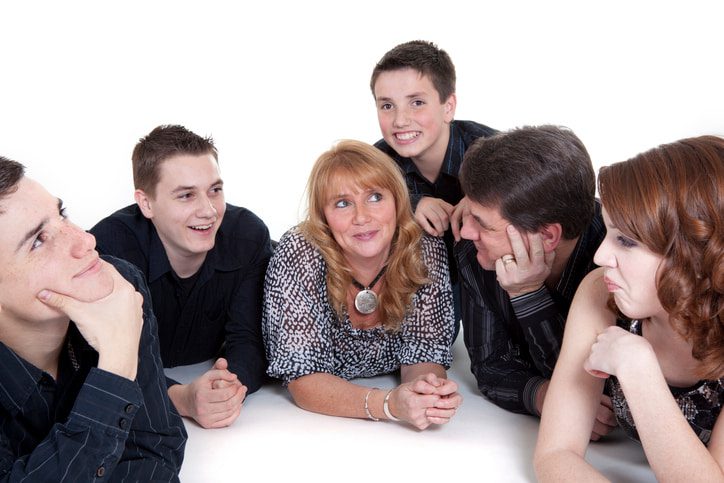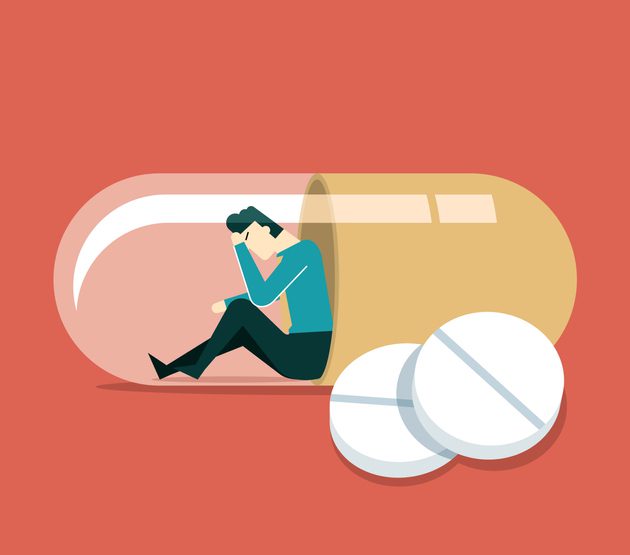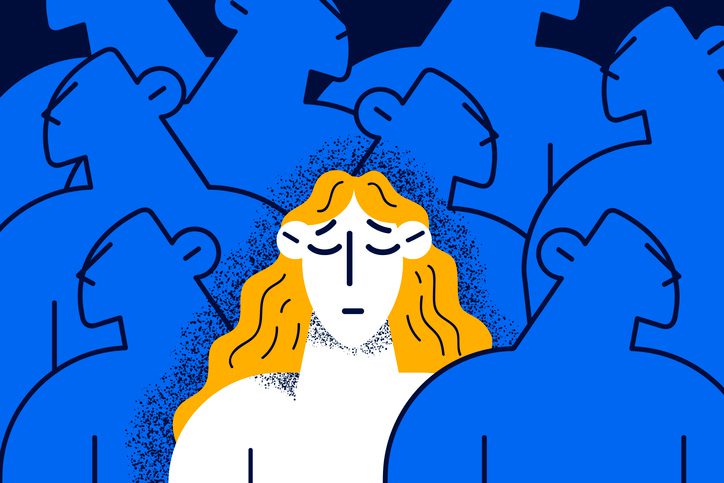Understanding Seasonal Affective Disorder (SAD): Tips for Coping During Winter

Understanding Seasonal Affective Disorder (SAD): Tips for Coping During Winter
January 17, 2025
As the days grow shorter and the temperatures drop, many people notice a shift in their mood and energy levels. If you find yourself feeling unusually tired, down, or struggling to stay motivated during the colder months, you’re not alone. These seasonal changes can trigger a type of depression known as Seasonal Affective Disorder (SAD). Understanding the causes, symptoms, and solutions for SAD can help you take control of your well-being and maintain a positive outlook throughout the year.
Understanding Seasonal Affective Disorder (SAD)
Seasonal Affective Disorder, or SAD, is a type of depression that typically occurs during the fall and winter months when daylight hours are shorter. It’s more than just the “winter blues”—SAD can impact your daily functioning and overall well-being.
What Are the Symptoms of SAD?
SAD can manifest in various ways. If you’re experiencing any of the following symptoms during certain seasons, it could be a sign of this condition:
- Persistent low mood and sadness
- Loss of interest in daily activities
- Low energy levels and fatigue
- Difficulty concentrating
- Changes in sleep patterns (oversleeping or insomnia)
- Appetite changes, especially a craving for carbohydrates
- Weight gain
- Feelings of hopelessness or worthlessness
These symptoms can vary from mild to severe and may interfere with work, relationships, and daily life.
Why Does SAD Happen?
SAD is linked to the reduced sunlight during the fall and winter months. This lack of sunlight can affect your body’s internal clock and disrupt the balance of certain brain chemicals, including:
- Melatonin: Increased levels of this hormone can cause drowsiness and disrupt sleep cycles.
- Serotonin: Reduced sunlight can lower serotonin levels, contributing to feelings of depression.
- Circadian Rhythms: Shorter days can throw off your natural sleep-wake cycle, leading to mood disruptions.
Who Is at Risk?
While anyone can experience SAD, certain factors may increase the likelihood:
- Geographical Location: People living in areas with long, dark winters (such as Southern Connecticut) are more prone to SAD.
- Family History: If depression or other mental health conditions run in your family, your risk for SAD may be higher.
- Existing Mental Health Conditions: Those who already deal with depression or bipolar disorder may experience worsening symptoms during certain seasons.
Effective Ways to Manage Seasonal Affective Disorder
While the impact of SAD can be significant, there are effective strategies and treatments that can help. Here are some approaches to manage and reduce symptoms:
1. Light Therapy
Light therapy involves sitting in front of a special lightbox that mimics natural sunlight. Research shows it can be particularly effective when used for about 20-30 minutes each morning. This therapy helps regulate melatonin and serotonin levels.
2. Maintain a Routine
Sticking to a regular daily schedule can help balance your circadian rhythm. Try to wake up and go to bed at the same time each day, and make time for activities that lift your spirits.
3. Exercise Regularly
Physical activity boosts serotonin and endorphin levels, improving your mood. Aim for at least 30 minutes of moderate exercise most days of the week, whether that’s a brisk walk around the neighborhood or a yoga session.
4. Get Outside
Even during the colder months, spending time outdoors can make a difference. Aim for a short walk during daylight hours to absorb natural light and boost your vitamin D levels.
5. Stay Connected
Isolation can make symptoms worse. Stay connected with family and friends through regular conversations, meetups, or virtual calls.
6. Consider Professional Help
When lifestyle changes aren’t enough, seeking support from a mental health provider is crucial. Therapies like Cognitive Behavioral Therapy (CBT) and, in some cases, prescribed medication can be highly effective in managing SAD.
Seeking Help in Southern Connecticut
If you’re struggling to manage symptoms of Seasonal Affective Disorder, know that professional support is available. At Southern Connecticut Behavioral Health, we’re committed to supporting our community with compassionate and evidence-based mental health services. Located in Southern CT, our team of experienced providers is here to help you overcome challenges like Seasonal Affective Disorder and other mental health concerns.
Reach out to us today and take the first step toward brighter days ahead.
Recent News

How Therapy Can Help Seniors Maintain Mental Health and Wellness
October 18, 2024

Understanding the Dynamics of Family Systems in Therapy
July 18, 2024

The Impact of Therapy on Personal Growth and Well-being
April 18, 2024

The Power of Mindfulness in Reducing Stress
January 17, 2024

Understanding Depression: Signs, Symptoms, and Treatment Options
October 20, 2023

Understanding the Connection Between Trauma and Substance Abuse
August 7, 2023


